yinan cao
@ycaoneuro.bsky.social
https://yinancao.github.io/
msca fellow LNC^2 ENS paris, Wyart team
msca fellow LNC^2 ENS paris, Wyart team
Pinned

Decision Making
This book offers reports on new findings relating to mechanisms of decisions, modeling of decision making and impaired decision making upon diseases.
link.springer.com
🚀Our new chapter is out, “Perspectives on the Mechanistic Underpinnings of Choice Biases,” written with @ktsetsos.bsky.social and published in Decision Making: Mechanisms and Applications (edited by Carsten Murawski, Ulrich Ettinger, and Bert Heinrichs): link.springer.com/book/10.1007...
Reposted by yinan cao
🚨🧠🚨 POSTDOC POSITION 🚨🧠🚨 in my lab: www.ru.nl/en/working-a... Connectivity in Working Memory. Deadline 12 Nov! Apply via website; please repost.

Postdoc Position: Neural Circuitry Underlying Working Memory | Radboud University
Do you want to work as a Postdoc Position: Neural Circuitry Underlying Working Memory at the Faculty of Social Sciences? Check our vacancy!
www.ru.nl
November 9, 2025 at 9:17 AM
🚨🧠🚨 POSTDOC POSITION 🚨🧠🚨 in my lab: www.ru.nl/en/working-a... Connectivity in Working Memory. Deadline 12 Nov! Apply via website; please repost.
🚀Our new chapter is out, “Perspectives on the Mechanistic Underpinnings of Choice Biases,” written with @ktsetsos.bsky.social and published in Decision Making: Mechanisms and Applications (edited by Carsten Murawski, Ulrich Ettinger, and Bert Heinrichs): link.springer.com/book/10.1007...

Decision Making
This book offers reports on new findings relating to mechanisms of decisions, modeling of decision making and impaired decision making upon diseases.
link.springer.com
November 9, 2025 at 6:32 AM
🚀Our new chapter is out, “Perspectives on the Mechanistic Underpinnings of Choice Biases,” written with @ktsetsos.bsky.social and published in Decision Making: Mechanisms and Applications (edited by Carsten Murawski, Ulrich Ettinger, and Bert Heinrichs): link.springer.com/book/10.1007...
Reposted by yinan cao
Noise ceilings are really useful: You can estimate the reliability of your data and get an index of how well your model can possibly perform given the noise in the data.
But, contrary to what you may think, noise ceilings do not provide an absolute index of data quality.
Let's dive into why. 🧵
But, contrary to what you may think, noise ceilings do not provide an absolute index of data quality.
Let's dive into why. 🧵
November 7, 2025 at 2:58 PM
Noise ceilings are really useful: You can estimate the reliability of your data and get an index of how well your model can possibly perform given the noise in the data.
But, contrary to what you may think, noise ceilings do not provide an absolute index of data quality.
Let's dive into why. 🧵
But, contrary to what you may think, noise ceilings do not provide an absolute index of data quality.
Let's dive into why. 🧵
first paper with valentin wyart.
A dual information seeking strategy improves imprecise human inferences outside the explore-exploit tradeoff https://www.biorxiv.org/content/10.1101/2025.10.08.681186v1
October 9, 2025 at 7:27 PM
first paper with valentin wyart.
Reposted by yinan cao
1/ New paper by Hame Park, (@AraziAyelet), Bharath Talluri, Marco Celotto, Stefano Panzeri, Alan Stocker & Tobias Donner published in Nature Communications – “Confirmation Bias through Selective Readout of Information Encoded in Human Parietal Cortex”: rdcu.be/etlR7. Here is a summary:
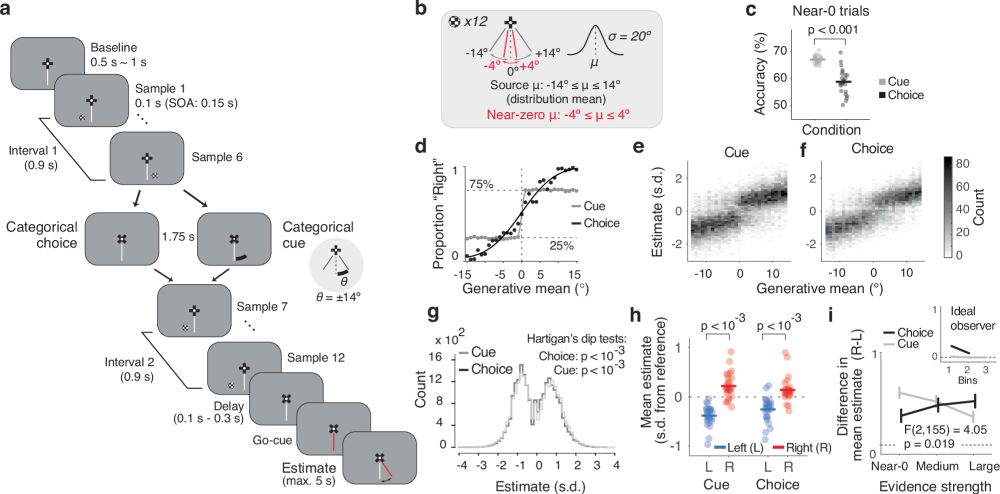
Confirmation bias through selective readout of information encoded in human parietal cortex
Nature Communications - People often discard incoming information when it contradicts their pre-existing beliefs about the world. Here, the authors show that this discarded information is precisely...
rdcu.be
June 27, 2025 at 1:35 PM
1/ New paper by Hame Park, (@AraziAyelet), Bharath Talluri, Marco Celotto, Stefano Panzeri, Alan Stocker & Tobias Donner published in Nature Communications – “Confirmation Bias through Selective Readout of Information Encoded in Human Parietal Cortex”: rdcu.be/etlR7. Here is a summary:
Reposted by yinan cao
My small tribute to one of my favourite papers ever
In our latest edition of “This paper changed my life,” @marinopagan.bsky.social reflects on a seminal paper that revealed the complexity of neural population dynamics and the power of recurrent neural networks.
#neuroskyence
www.thetransmitter.org/this-paper-c...
#neuroskyence
www.thetransmitter.org/this-paper-c...

Seminal study on the neural mechanisms of decision-making
Valerio Mante and David Sussillo’s study showed neuroscience the power of recurrent neural networks.
www.thetransmitter.org
May 19, 2025 at 8:03 AM
My small tribute to one of my favourite papers ever
Reposted by yinan cao
“Legal decisions are not totally arbitrary, like a lottery. However, they still fall short of the expected standards”
—often through irrelevant influences, like cognitive biases:
buff.ly/o2uruLU
—often through irrelevant influences, like cognitive biases:
buff.ly/o2uruLU

April 19, 2025 at 6:51 PM
“Legal decisions are not totally arbitrary, like a lottery. However, they still fall short of the expected standards”
—often through irrelevant influences, like cognitive biases:
buff.ly/o2uruLU
—often through irrelevant influences, like cognitive biases:
buff.ly/o2uruLU
Reposted by yinan cao
. @kordinglab.bsky.social 's substack is great. Lots of food for thought from one of the most piercing thinkers in NeuroAI. kording.substack.com/p/why-are-we...
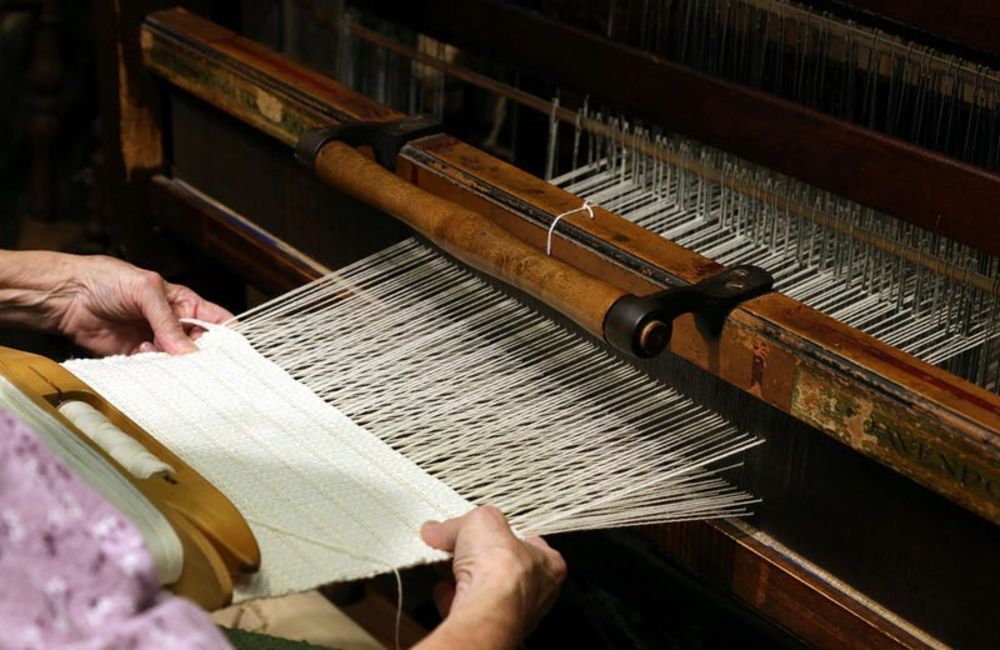
Why Are We Professors Doing “Research As Usual” While AI Systems Advance at Breakneck Speed?
Introduction
kording.substack.com
April 4, 2025 at 8:14 PM
. @kordinglab.bsky.social 's substack is great. Lots of food for thought from one of the most piercing thinkers in NeuroAI. kording.substack.com/p/why-are-we...
Reposted by yinan cao
Our latest findings showing how internal and external visual selection do not necessarily ‘take turns’ but can run in parallel, led by @baiweiliu.bsky.social.
www.biorxiv.org/content/10.1...
www.biorxiv.org/content/10.1...

Concurrent selection of internal goals and external sensations during visual search
Flexible goal-directed behaviour relies on the selective processing of internal goal representations and external sensations. Yet, internal and external selection processes have classically been studi...
www.biorxiv.org
March 3, 2025 at 8:00 AM
Our latest findings showing how internal and external visual selection do not necessarily ‘take turns’ but can run in parallel, led by @baiweiliu.bsky.social.
www.biorxiv.org/content/10.1...
www.biorxiv.org/content/10.1...
Reposted by yinan cao
Scientists use VR + lab + field study to rewrite the rules of locust swarming 🦗🦗
Latest @science.org from first author @sercansayin.bsky.social and #Konstanz team ⬇️
@einatcouzin.bsky.social @icouzin.bsky.social @cbehav.bsky.social @uni-konstanz.de
www.science.org/doi/10.1126/...
Latest @science.org from first author @sercansayin.bsky.social and #Konstanz team ⬇️
@einatcouzin.bsky.social @icouzin.bsky.social @cbehav.bsky.social @uni-konstanz.de
www.science.org/doi/10.1126/...
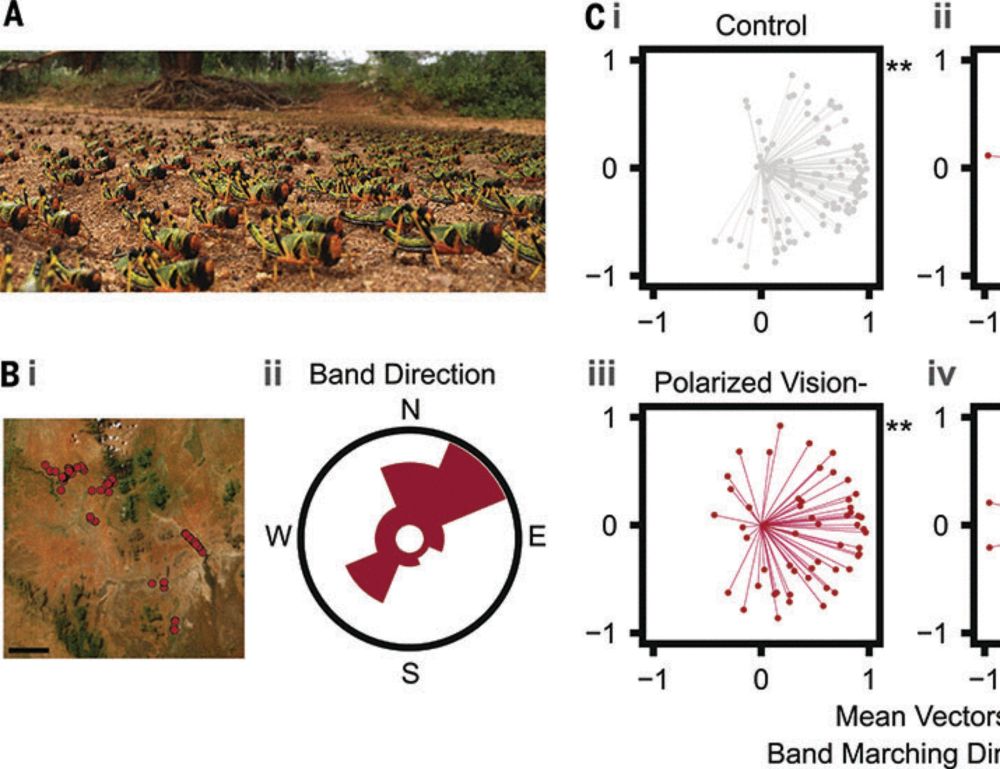
The behavioral mechanisms governing collective motion in swarming locusts
Collective motion, which is ubiquitous in nature, has traditionally been explained by “self-propelled particle” models from theoretical physics. Here we show, through field, lab, and virtual reality e...
www.science.org
February 27, 2025 at 8:57 PM
Scientists use VR + lab + field study to rewrite the rules of locust swarming 🦗🦗
Latest @science.org from first author @sercansayin.bsky.social and #Konstanz team ⬇️
@einatcouzin.bsky.social @icouzin.bsky.social @cbehav.bsky.social @uni-konstanz.de
www.science.org/doi/10.1126/...
Latest @science.org from first author @sercansayin.bsky.social and #Konstanz team ⬇️
@einatcouzin.bsky.social @icouzin.bsky.social @cbehav.bsky.social @uni-konstanz.de
www.science.org/doi/10.1126/...
Reposted by yinan cao
🚀 New paper out in Psychological Review!
How does learning change across the lifespan? We propose that resource rationality—adapting belief updating to cognitive limitations—can explain age-related differences in learning.
📖 doi.org/10.1037/rev0...
👇 A short thread:
How does learning change across the lifespan? We propose that resource rationality—adapting belief updating to cognitive limitations—can explain age-related differences in learning.
📖 doi.org/10.1037/rev0...
👇 A short thread:
APA PsycNet
doi.org
February 28, 2025 at 5:37 AM
🚀 New paper out in Psychological Review!
How does learning change across the lifespan? We propose that resource rationality—adapting belief updating to cognitive limitations—can explain age-related differences in learning.
📖 doi.org/10.1037/rev0...
👇 A short thread:
How does learning change across the lifespan? We propose that resource rationality—adapting belief updating to cognitive limitations—can explain age-related differences in learning.
📖 doi.org/10.1037/rev0...
👇 A short thread:
Reposted by yinan cao
First preprint from our lab! An @jerlich.bsky.social collaboration
We developed novel frameworks to study multi-agent decisions in mice.
Mice flexibly shift their decision preference under social competition, by integrating real-time self and opponent information!
www.biorxiv.org/content/10.1...
We developed novel frameworks to study multi-agent decisions in mice.
Mice flexibly shift their decision preference under social competition, by integrating real-time self and opponent information!
www.biorxiv.org/content/10.1...

Mice dynamically adapt to opponents in competitive multi-player games
Competing for resources in dynamic social environments is fundamental for survival, and requires continuous monitoring of both 'self' and 'others' to guide effective choices. Yet our understanding of ...
www.biorxiv.org
February 16, 2025 at 10:19 PM
First preprint from our lab! An @jerlich.bsky.social collaboration
We developed novel frameworks to study multi-agent decisions in mice.
Mice flexibly shift their decision preference under social competition, by integrating real-time self and opponent information!
www.biorxiv.org/content/10.1...
We developed novel frameworks to study multi-agent decisions in mice.
Mice flexibly shift their decision preference under social competition, by integrating real-time self and opponent information!
www.biorxiv.org/content/10.1...
Reposted by yinan cao
In our new @commspsychol.bsky.social review, we explore how humans adjust learning to different types of uncertainty, why biases arise, and what this reveals about learning and psychiatric conditions.
📖 Read more: nature.com/articles/s44...
With Matt Nassar & @haukeren.bsky.social
📖 Read more: nature.com/articles/s44...
With Matt Nassar & @haukeren.bsky.social
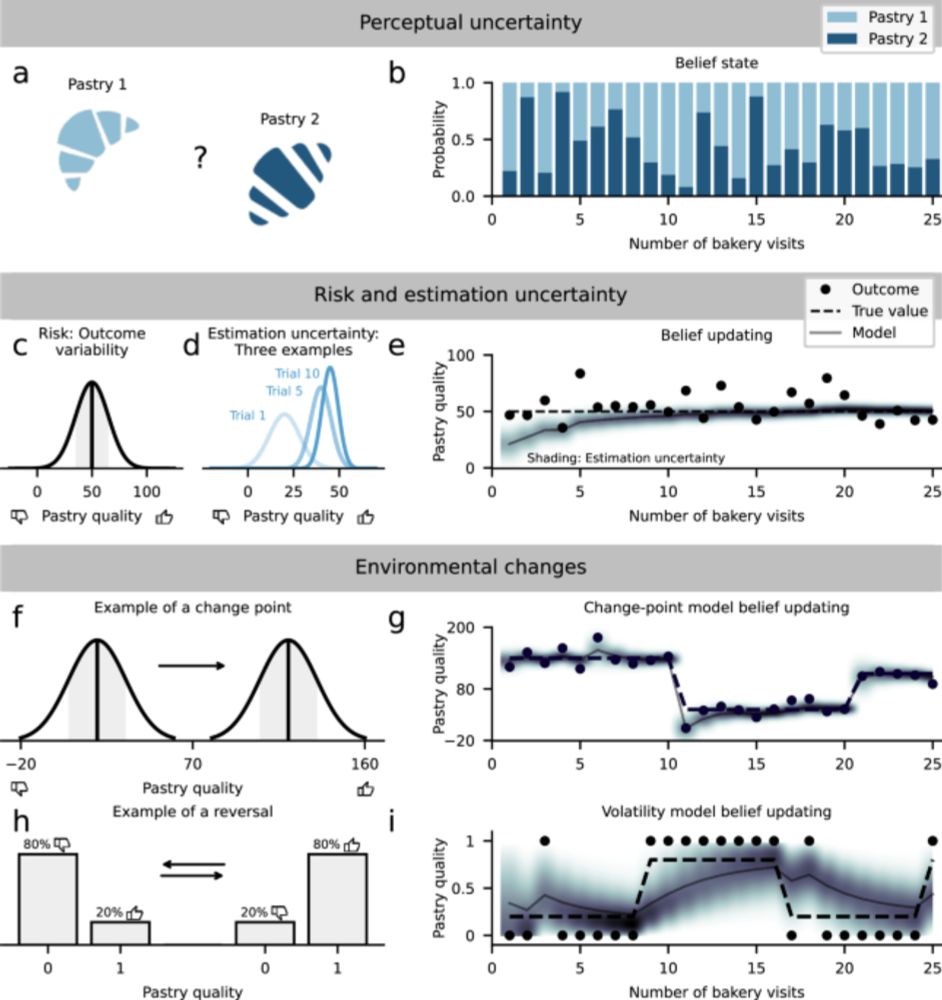
Understanding learning through uncertainty and bias - Communications Psychology
Flexible learning requires humans to adjust their behaviour to uncertainty. While normative learning models explain many adaptive behaviours, systematic biases-arising from inaccurate assumptions or c...
nature.com
February 13, 2025 at 2:15 PM
In our new @commspsychol.bsky.social review, we explore how humans adjust learning to different types of uncertainty, why biases arise, and what this reveals about learning and psychiatric conditions.
📖 Read more: nature.com/articles/s44...
With Matt Nassar & @haukeren.bsky.social
📖 Read more: nature.com/articles/s44...
With Matt Nassar & @haukeren.bsky.social
Reposted by yinan cao
We have an opening for a 12 month Research Assistant post, funded by an ERC grant. The postholder would help with several neuroimaging projects, including MEG and 7T fMRI. Please repost and share with anyone who may be interested. www.ucl.ac.uk/work-at-ucl/... #neuroskyence #Neuroimaging
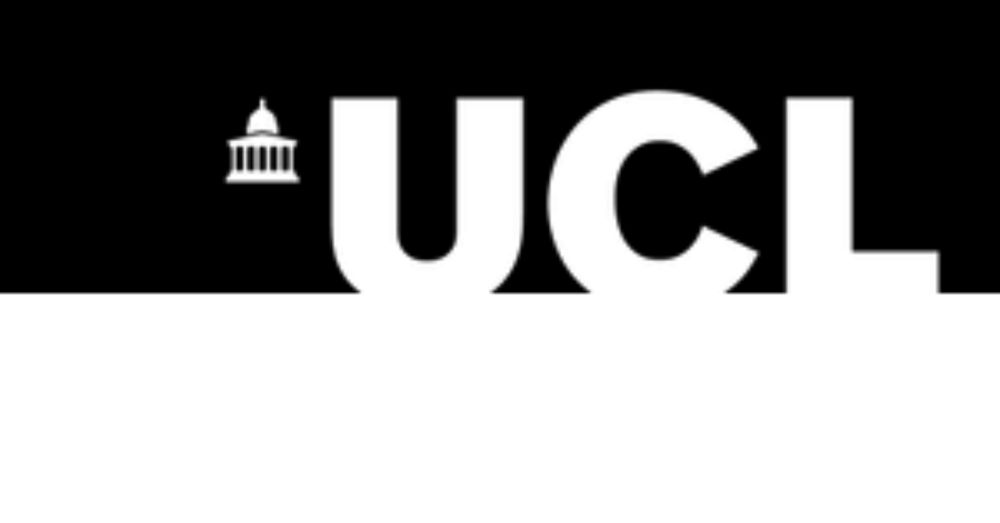
UCL – University College London
UCL is consistently ranked as one of the top ten universities in the world (QS World University Rankings 2010-2022) and is No.2 in the UK for research power (Research Excellence Framework 2021).
www.ucl.ac.uk
February 14, 2025 at 11:26 AM
We have an opening for a 12 month Research Assistant post, funded by an ERC grant. The postholder would help with several neuroimaging projects, including MEG and 7T fMRI. Please repost and share with anyone who may be interested. www.ucl.ac.uk/work-at-ucl/... #neuroskyence #Neuroimaging
Reposted by yinan cao
The latent circuit model identifies low-dimensional mechanisms of task execution from heterogeneous neural responses. This approach revealed a latent inhibitory mechanism for context-dependent decisions in neural network models and prefrontal cortex 🧪🧠
www.nature.com/articles/s41...
www.nature.com/articles/s41...

Latent circuit inference from heterogeneous neural responses during cognitive tasks - Nature Neuroscience
The latent circuit model identifies low-dimensional mechanisms of task execution from heterogenous neural responses. This approach reveals a latent inhibitory mechanism for context-dependent decisions...
www.nature.com
February 11, 2025 at 11:53 AM
The latent circuit model identifies low-dimensional mechanisms of task execution from heterogeneous neural responses. This approach revealed a latent inhibitory mechanism for context-dependent decisions in neural network models and prefrontal cortex 🧪🧠
www.nature.com/articles/s41...
www.nature.com/articles/s41...
Reposted by yinan cao
Using a novel method for isolating cognitive and motor neural dynamics reveals that dynamics often attributed to cognitive processes were corrupted by movements and that distinct populations of neurons encode cognitive and motor variables 🧪🧠
www.nature.com/articles/s41...
www.nature.com/articles/s41...

Separating cognitive and motor processes in the behaving mouse - Nature Neuroscience
Using a novel method for isolating cognitive and motor neural dynamics, the authors show that dynamics often attributed to cognitive processes were corrupted by movements and that distinct populations...
www.nature.com
February 6, 2025 at 2:50 PM
Using a novel method for isolating cognitive and motor neural dynamics reveals that dynamics often attributed to cognitive processes were corrupted by movements and that distinct populations of neurons encode cognitive and motor variables 🧪🧠
www.nature.com/articles/s41...
www.nature.com/articles/s41...
Reposted by yinan cao
(1/30) New preprint! "Symmetries and continuous attractors in disordered neural circuits" with Larry Abbott and Haim Sompolinsky
bioRxiv: www.biorxiv.org/content/10.1...
bioRxiv: www.biorxiv.org/content/10.1...

Symmetries and Continuous Attractors in Disordered Neural Circuits
A major challenge in neuroscience is reconciling idealized theoretical models with complex, heterogeneous experimental data. We address this challenge through the lens of continuous-attractor networks...
www.biorxiv.org
January 29, 2025 at 6:26 PM
(1/30) New preprint! "Symmetries and continuous attractors in disordered neural circuits" with Larry Abbott and Haim Sompolinsky
bioRxiv: www.biorxiv.org/content/10.1...
bioRxiv: www.biorxiv.org/content/10.1...
Reposted by yinan cao
This is an elegant dispatch summarising our study on mFC schema from Sina Tafazoli Adel Ardalan and @timbuschman.bsky.social
Really beautifully explained!
"Cognitive neuroscience: How the brain navigates abstract task spaces"
www.cell.com/current-biol...
Really beautifully explained!
"Cognitive neuroscience: How the brain navigates abstract task spaces"
www.cell.com/current-biol...

Cognitive neuroscience: How the brain navigates abstract task spaces
Humans and other animals learn the abstract structure of a task and then use this
structure to rapidly generalize to new situations. A recent study reveals how the
brain builds and uses abstract task ...
www.cell.com
January 23, 2025 at 5:26 PM
This is an elegant dispatch summarising our study on mFC schema from Sina Tafazoli Adel Ardalan and @timbuschman.bsky.social
Really beautifully explained!
"Cognitive neuroscience: How the brain navigates abstract task spaces"
www.cell.com/current-biol...
Really beautifully explained!
"Cognitive neuroscience: How the brain navigates abstract task spaces"
www.cell.com/current-biol...
Reposted by yinan cao
Check our latest in which we leverage shape metrics to compare neural geometry across regions, sessions or subjects and how their differences predict behavior.
w/ Nejatbakhsh, Duong, @sarah-harvey.bsky.social, Brincat, @siegellab.bsky.social, @earlkmiller.bsky.social & @itsneuronal.bsky.social
w/ Nejatbakhsh, Duong, @sarah-harvey.bsky.social, Brincat, @siegellab.bsky.social, @earlkmiller.bsky.social & @itsneuronal.bsky.social
Quantifying Differences in Neural Population Activity With Shape Metrics https://www.biorxiv.org/content/10.1101/2025.01.10.632411v1
January 12, 2025 at 3:19 PM
Check our latest in which we leverage shape metrics to compare neural geometry across regions, sessions or subjects and how their differences predict behavior.
w/ Nejatbakhsh, Duong, @sarah-harvey.bsky.social, Brincat, @siegellab.bsky.social, @earlkmiller.bsky.social & @itsneuronal.bsky.social
w/ Nejatbakhsh, Duong, @sarah-harvey.bsky.social, Brincat, @siegellab.bsky.social, @earlkmiller.bsky.social & @itsneuronal.bsky.social
Reposted by yinan cao
Deeply honoured to receive an #ERCCoG ERC Consolidator Grant to explore the Dynamics of Attribute Weighting in Multiattribute Choice. Grateful to my amazing ERC StG team: @ycaoneuro.bsky.social, @marcussiems.bsky.social , Maryam Tohidi, Molly Stapleton for their support and trust. 🙏@ERC_Research
December 3, 2024 at 12:09 PM
Deeply honoured to receive an #ERCCoG ERC Consolidator Grant to explore the Dynamics of Attribute Weighting in Multiattribute Choice. Grateful to my amazing ERC StG team: @ycaoneuro.bsky.social, @marcussiems.bsky.social , Maryam Tohidi, Molly Stapleton for their support and trust. 🙏@ERC_Research
@ktsetsos.bsky.social and I wrote a new Perspective paper: osf.io/preprints/ps...
We've long known that decisions can be biased by normatively irrelevant factors. But how do these biases arise in the brain?
We've long known that decisions can be biased by normatively irrelevant factors. But how do these biases arise in the brain?

July 18, 2024 at 9:12 AM
@ktsetsos.bsky.social and I wrote a new Perspective paper: osf.io/preprints/ps...
We've long known that decisions can be biased by normatively irrelevant factors. But how do these biases arise in the brain?
We've long known that decisions can be biased by normatively irrelevant factors. But how do these biases arise in the brain?

